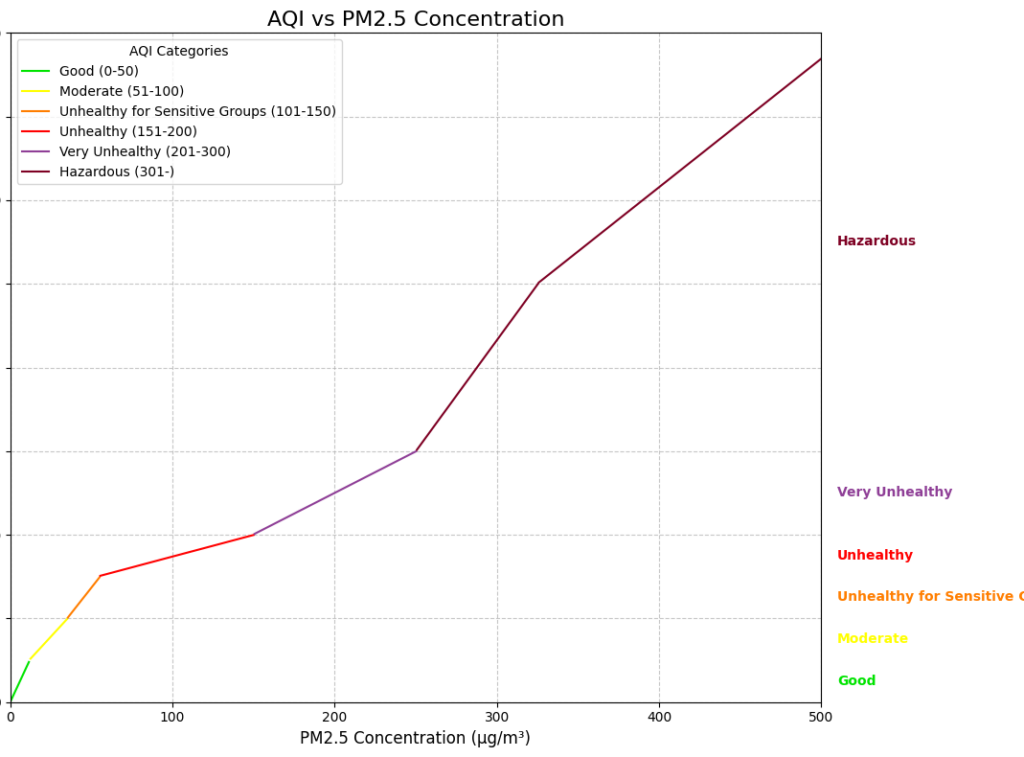SAFE Air for
Everyone

What we measure and why
How can you tell if your air is unsafe? Sometimes it’s easy to tell that something is wrong. Maybe there’s a strong smell or reduced visibility. But these clues (or their absence) don’t necessarily tell you that much about the health impacts of breathing this air.
In our region, something called “PM2.5” is the most important pollutant for understanding the safety of our outdoor air, especially during fire season. The letters “PM” stand for “particulate matter,” and the number “2.5” refers to a maximum particle width of 2.5 micrometers (2.5 millionths of a meter). For reference, a human hair is about 50 micrometers in width, so it would take a line of at least 20 PM2.5 particles to span the width of a hair. Unfortunately, even when the air seems perfectly fine, it can still contain unsafe levels of these tiny particles.
Because PM2.5 particles are so small, they can get deep into our lungs, where they can cause all sorts of trouble. Some risks from PM2.5 exposure include cancer, cardiovascular disease, and even neurological disorders such as Alzheimer’s disease, so it’s important to know many of these particles are in the air you’re breathing.
The quality of the air, based on the amount of PM2.5 and other pollutants, is commonly reported in terms of what’s called an AQI score. The higher the score (ranging from 0 to 500), the worse the air is. The values are split up into different categories of air quality, ranging from Good (AQI 0-50) to Hazardous (AQI > 250). To help quickly identify the quality of the air, each category of air quality has an associated color. For example, “Good” is green, while “Hazardous” is maroon. For more information, see here.
Our monitors don’t measure AQI directly, but instead measure the amount of PM2.5 in the air in units of micrograms per cubic meter (µg/m3). The national standard for safe air is 12 µg/m3. To put this into context, 12 µg is about a fifth of the weight of a grain of salt, and a cubic meter is about the size of a large moving box. It doesn’t take much PM2.5 to make your air unsafe. During fire season, local levels can reach over 500 µg/m3! Low cost sensors, such as the PurpleAir sensors we’ll be deploying with local hosts, can give you a reasonably accurate estimate of the amount of PM2.5 in the air, and help you minimize exposure during unsafe conditions.
You can see how AQI and PM2.5 are related in the graphic below (taken from here.).

